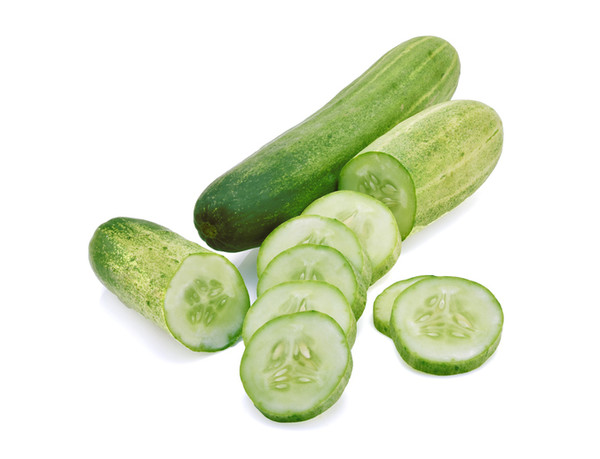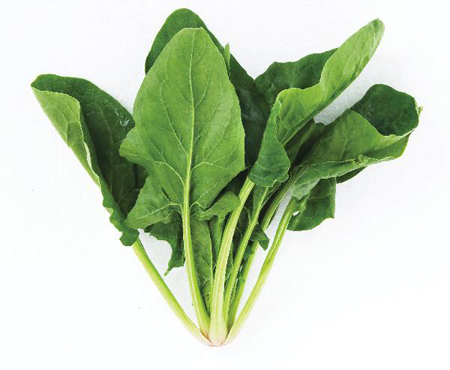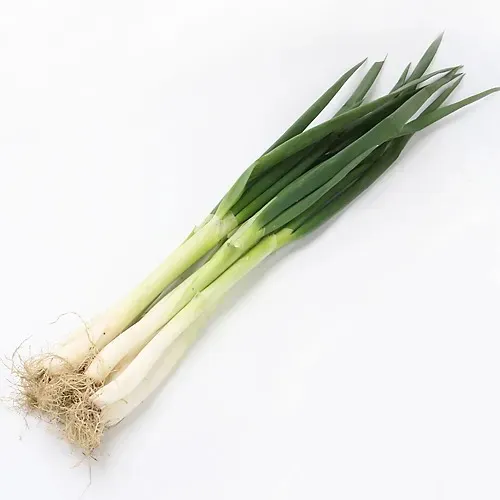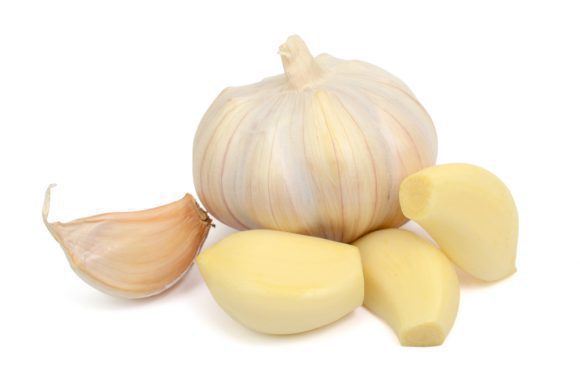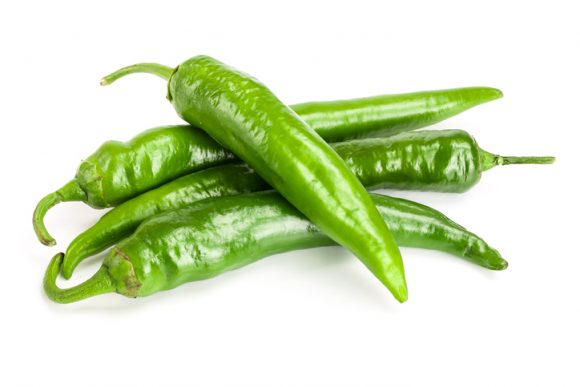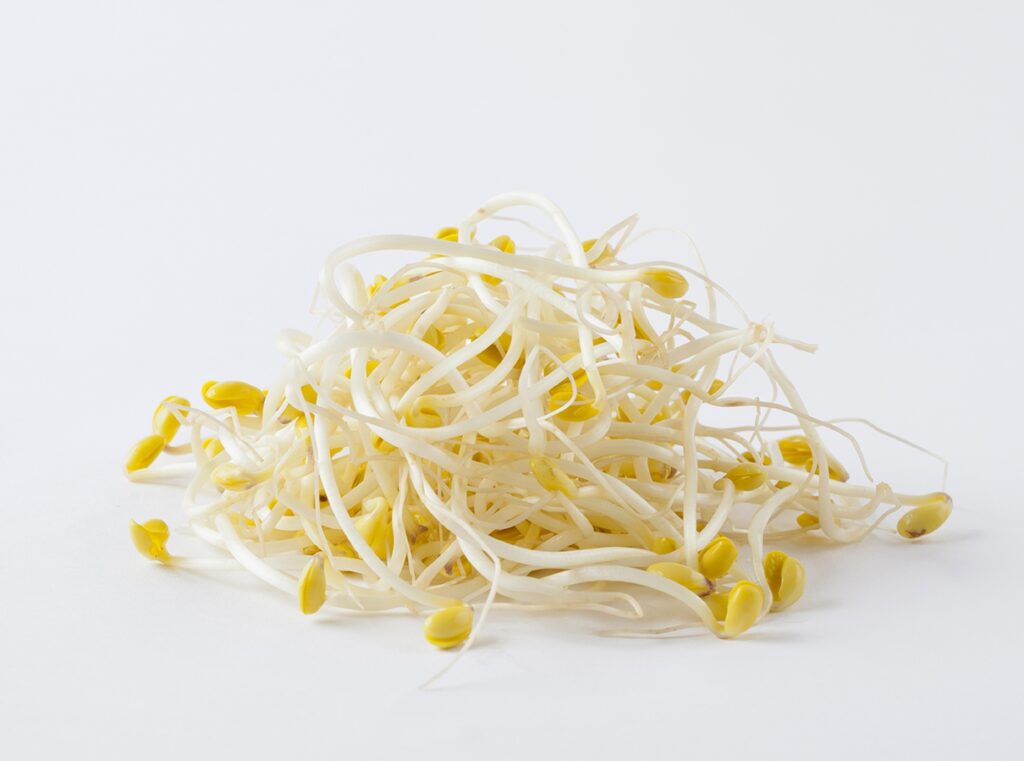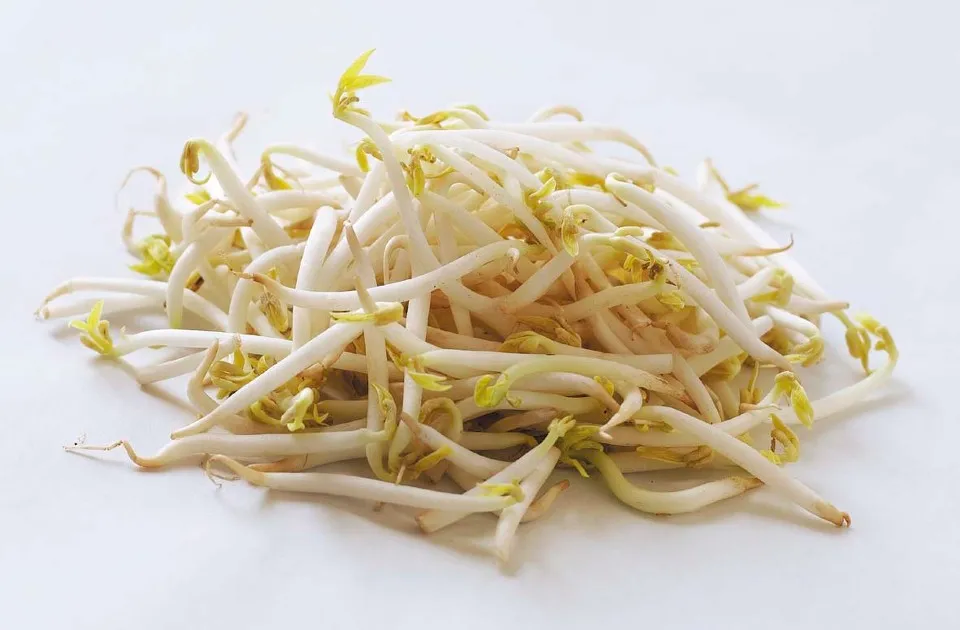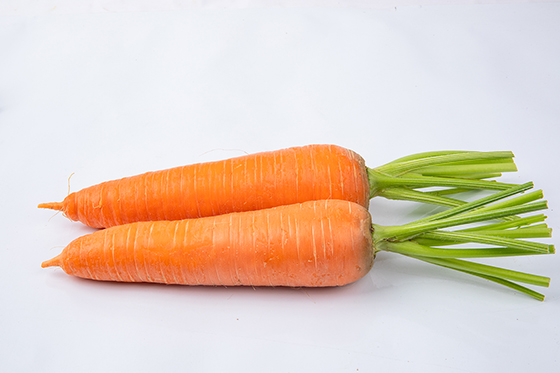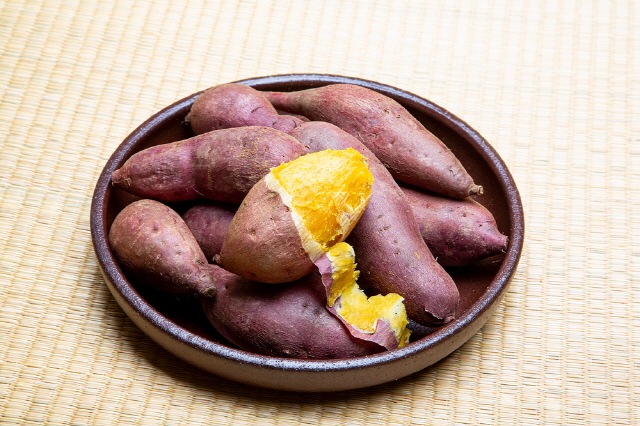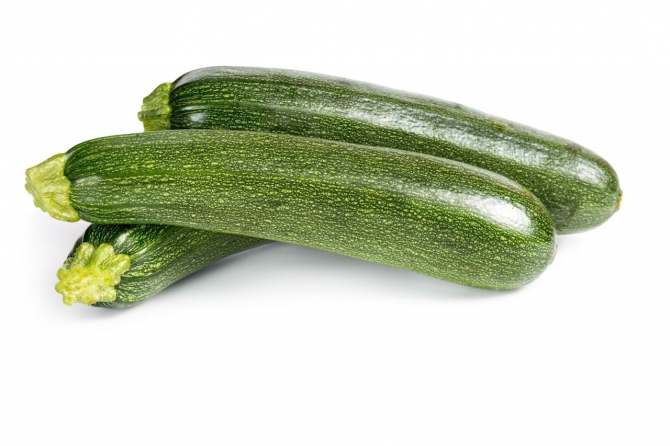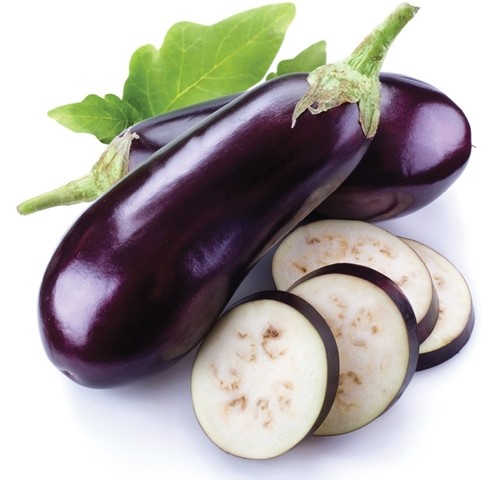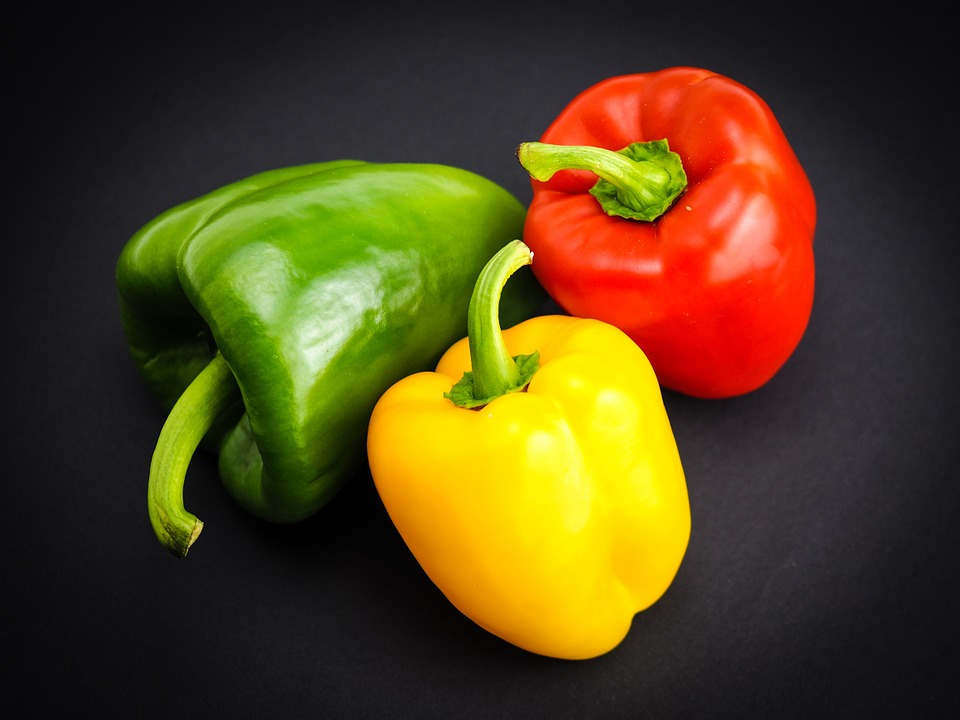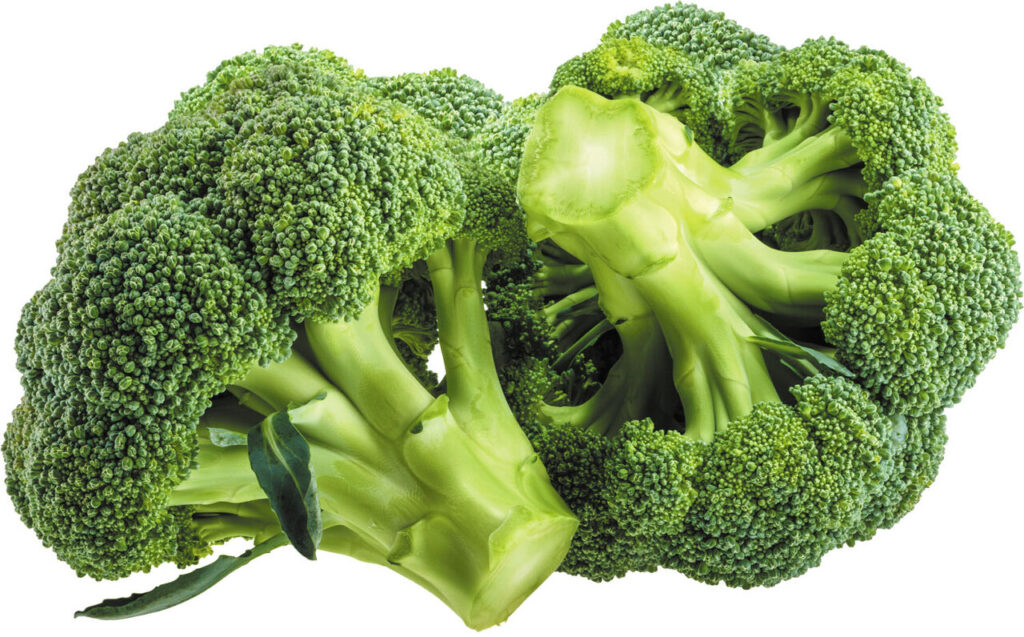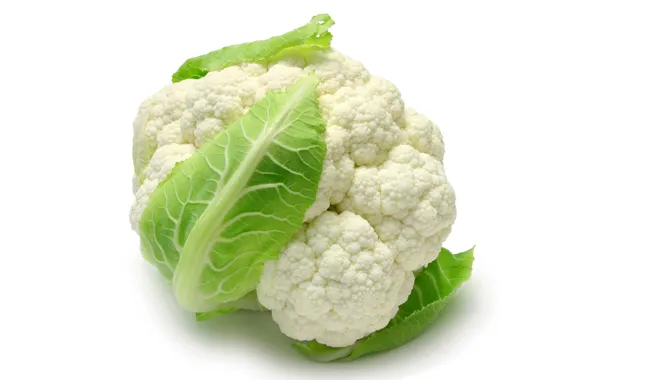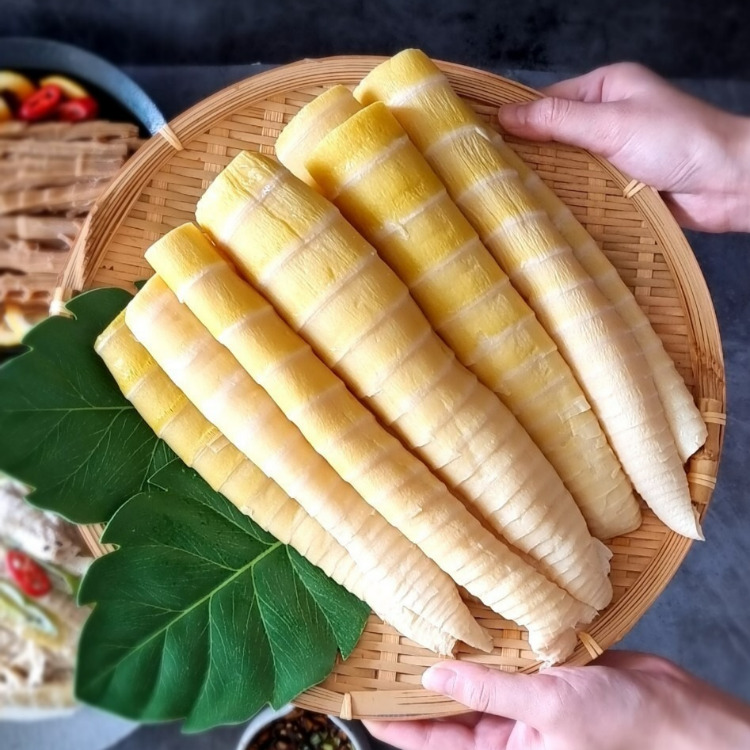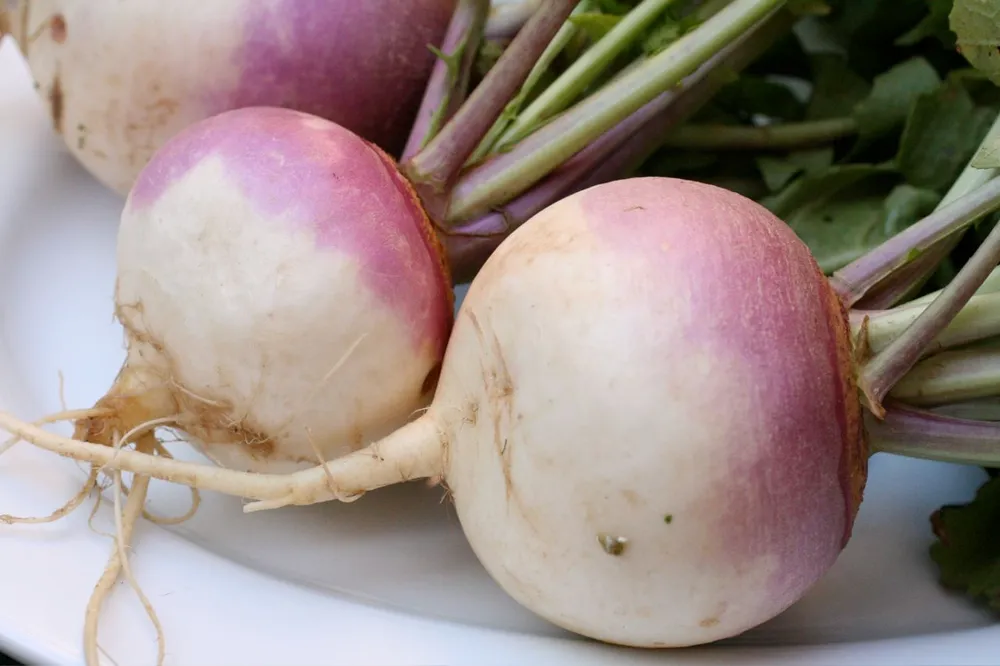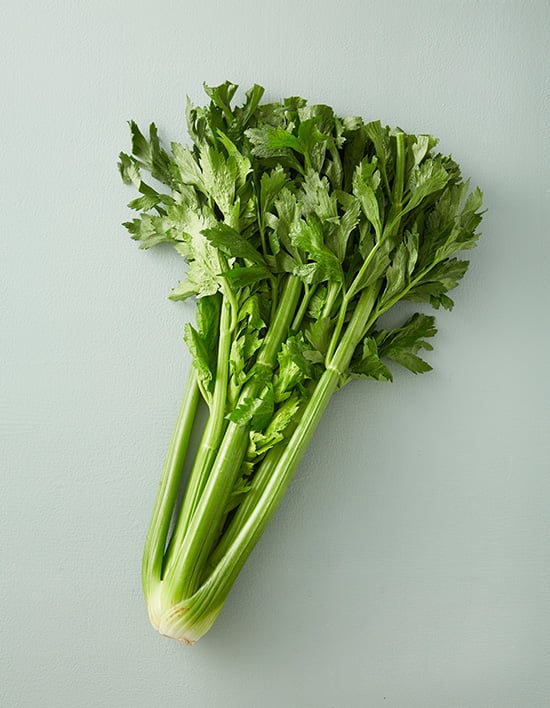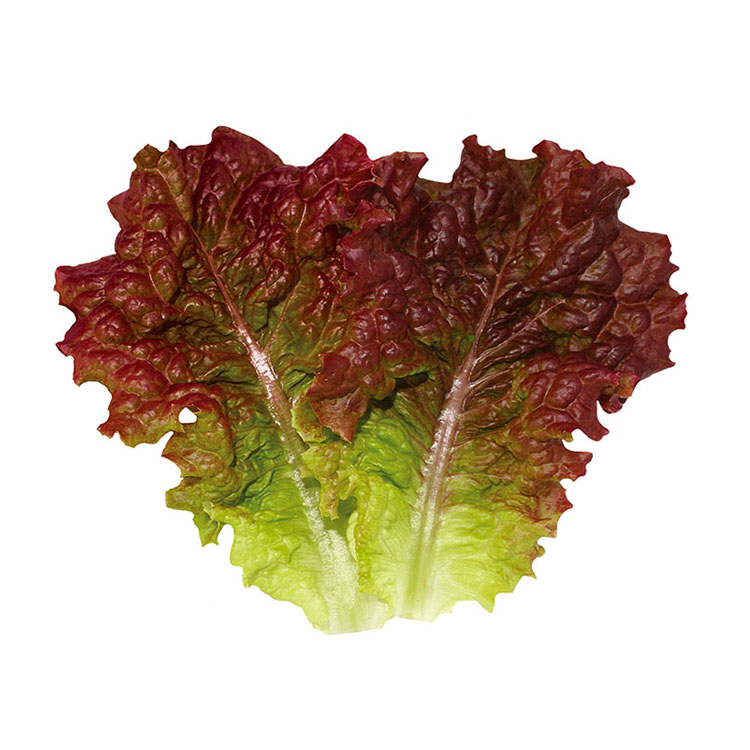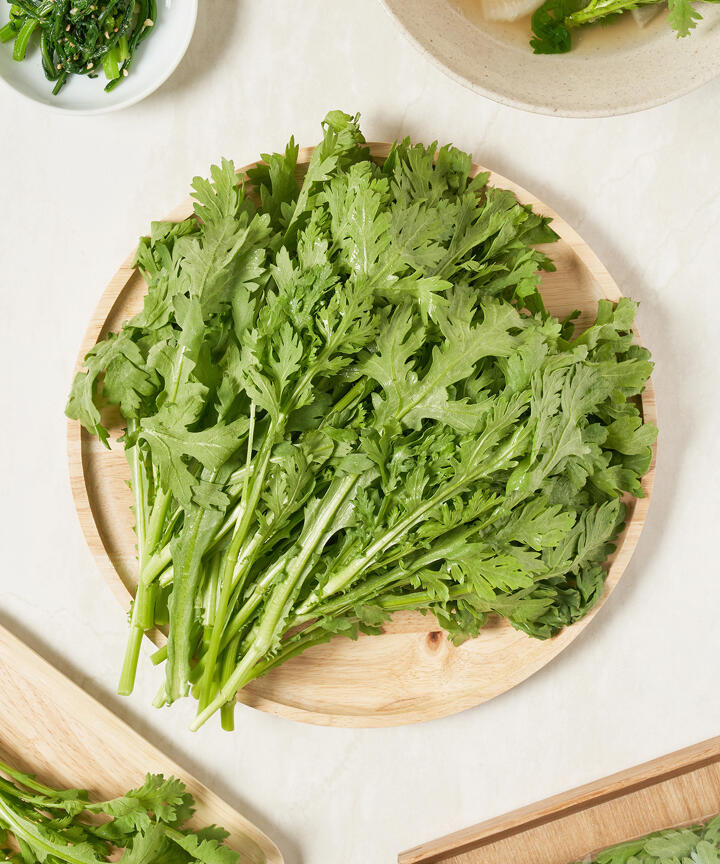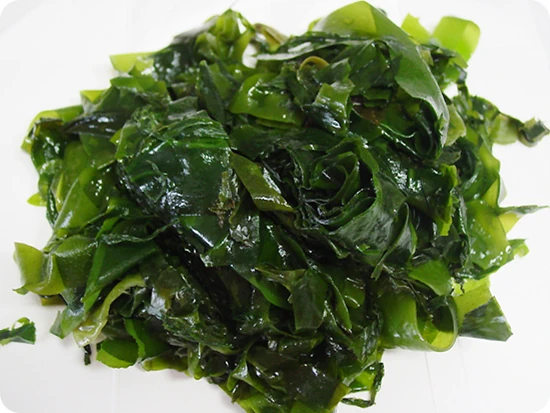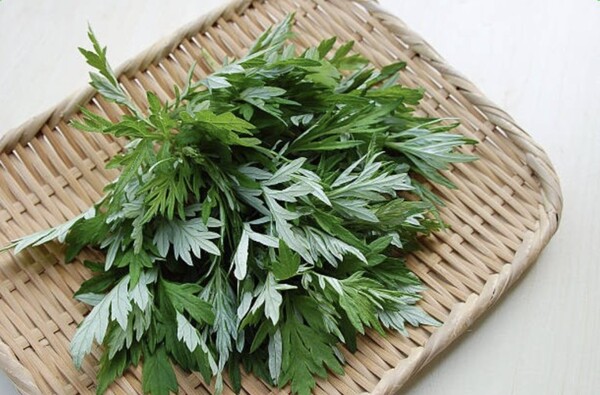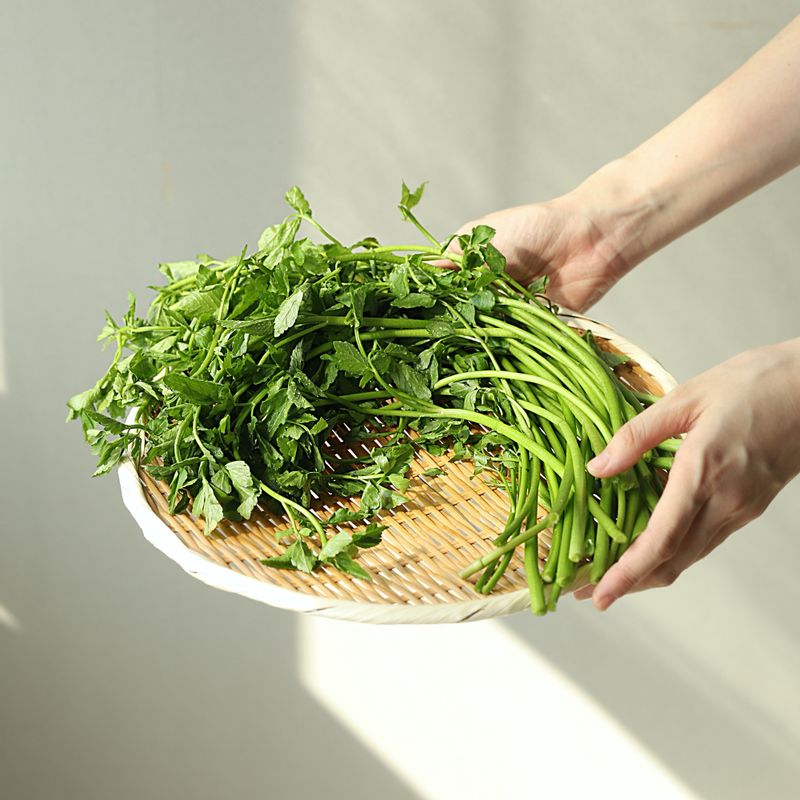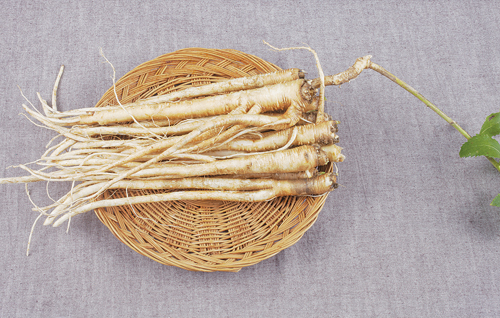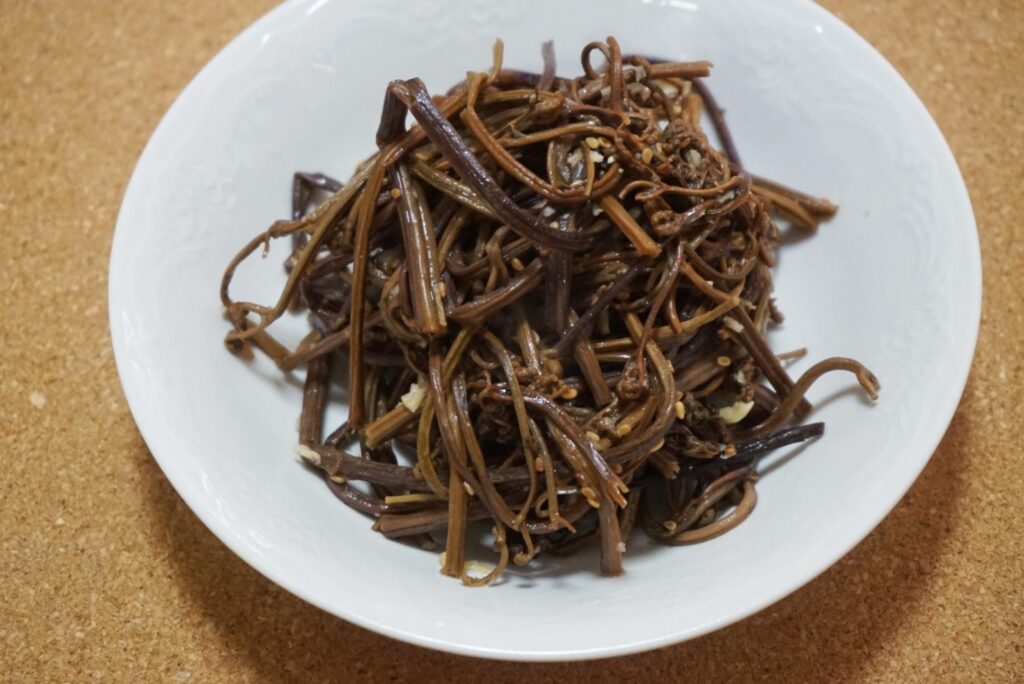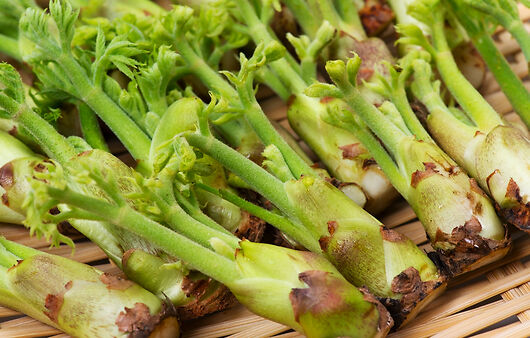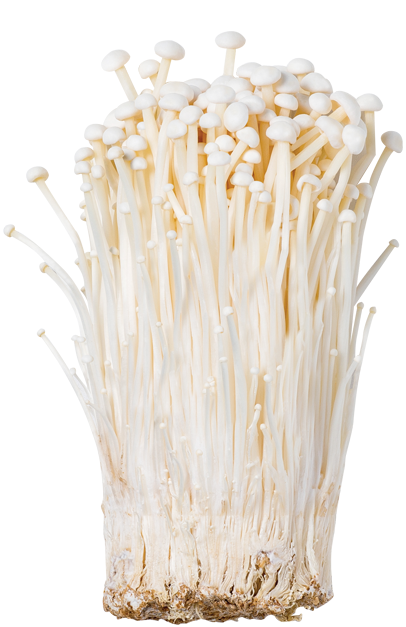Korean cuisine is renowned for its vibrant flavors, nutritional balance, and the harmonious use of a variety of vegetables. From hearty stews to fresh side dishes, vegetables play a crucial role in creating the depth and richness that characterize Korean food. Understanding the key vegetables used in Korean cooking can open up a world of culinary possibilities and help you appreciate the cultural significance behind these ingredients. Whether you’re a seasoned cook or a curious foodie, this guide to 40 common Korean vegetables, complete with their Korean names and Romanized pronunciation, will serve as a valuable resource for your culinary adventures.
Exploring the diverse range of vegetables used in Korean cuisine offers a glimpse into the country’s rich culinary heritage and its emphasis on healthy, flavorful eating. Each vegetable, from the versatile napa cabbage to the robust garlic, contributes its unique taste and nutritional benefits to the dishes they enhance. By incorporating these vegetables into your cooking, you can create authentic Korean meals that are both delicious and nutritious. We hope this guide has inspired you to experiment with these ingredients and experience the delightful world of Korean cuisine in your own kitchen. Happy learning!



